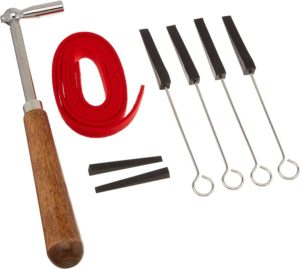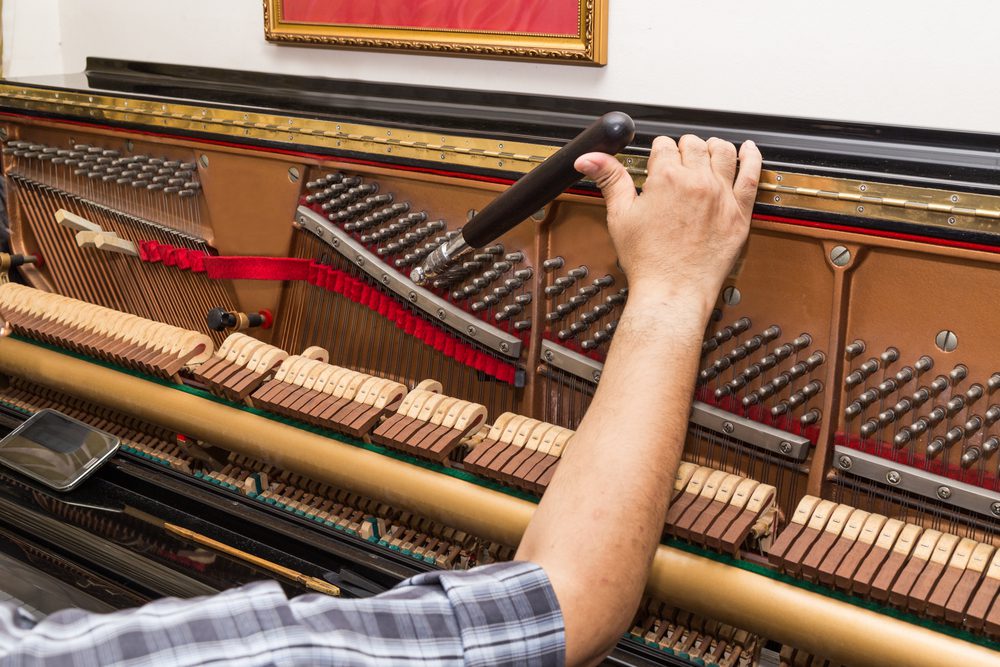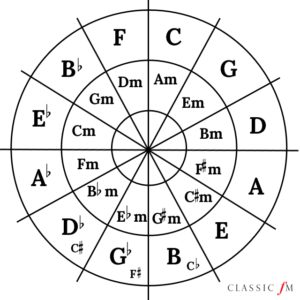

PAYMENTS: Lutz Multimedia LLC takes all forms of secure payment including virtually every payment app on the app market. Please call for App Market Payments or secured Credit Card Payments through Square Point Of Sale Processing (all Credit Card info is stored on the Square Server and is government grade encrypted for your security).
© 2023 Lutz Multimedia | All rights reserved






